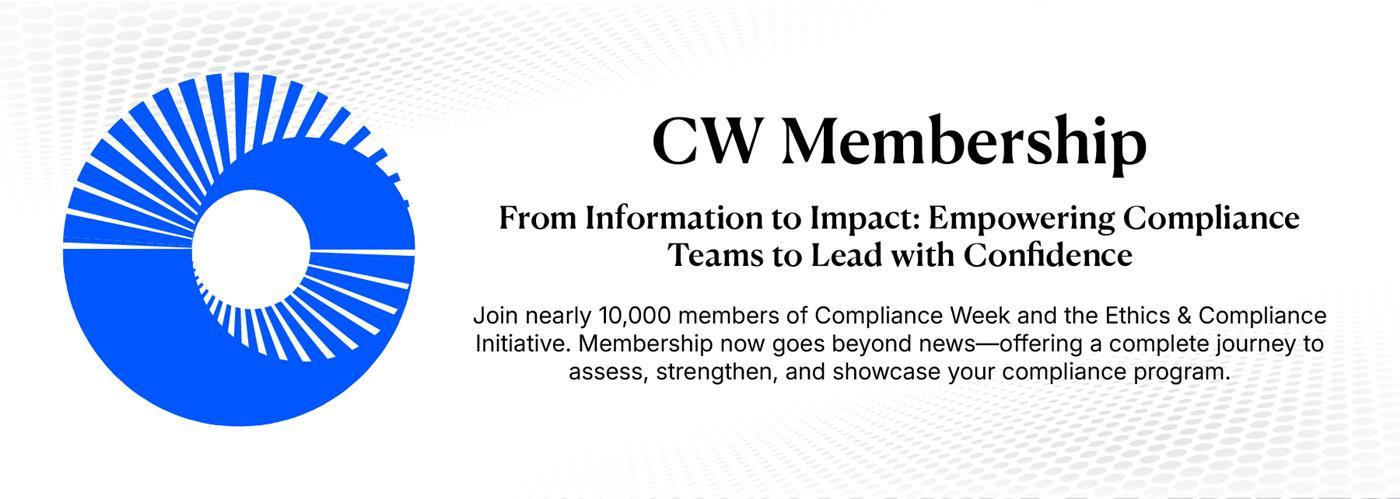Chapter 5: The storms merge

On April 24, when Carnival had its quarterly status conference regarding progress made on the environmental compliance plan (ECP), everybody was in shock, according to Chief Ethics and Compliance Officer Peter Anderson. The cruise industry had been on pause for a month, and now all other nonessential businesses were suspending operations, too. Restaurants and bars were closed. Universities sent students home, away from their campuses. Children were home; parents were home. By then, the death toll in the United States from the coronavirus had passed 50,000, accounting for about a quarter of worldwide deaths, according to John Hopkins data. The year’s turn of events had given everyone whiplash.
The court hearing was held virtually, and the court was accommodating and compassionate, said Anderson. There weren’t a lot of sparks or drama, but U.S. District Judge Patricia Seitz did ask a pointed question:
What was the company, E&C in particular, planning to do during the pause to come back stronger when ships returned to service?
THIS IS MEMBERS-ONLY CONTENT
You are not logged in and do not have access to members-only content.
If you are already a registered user or a member, SIGN IN now.













